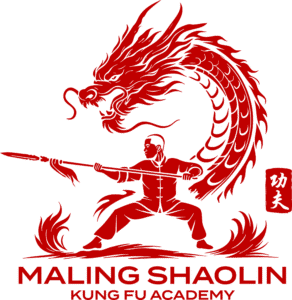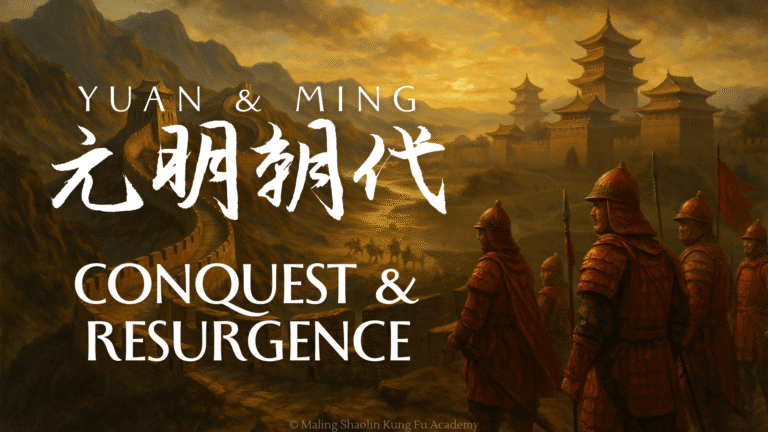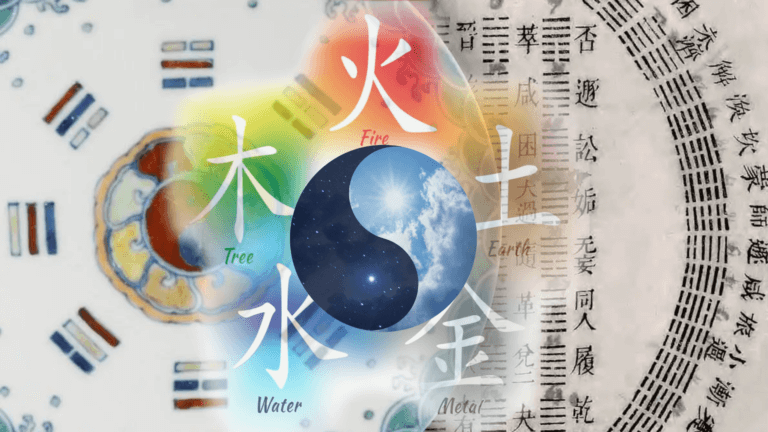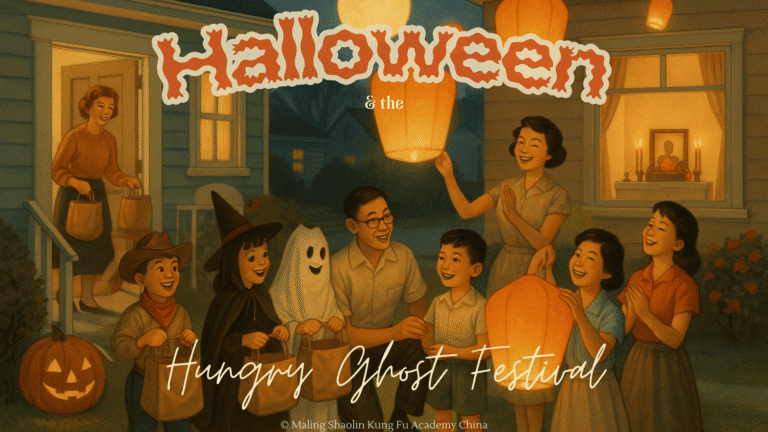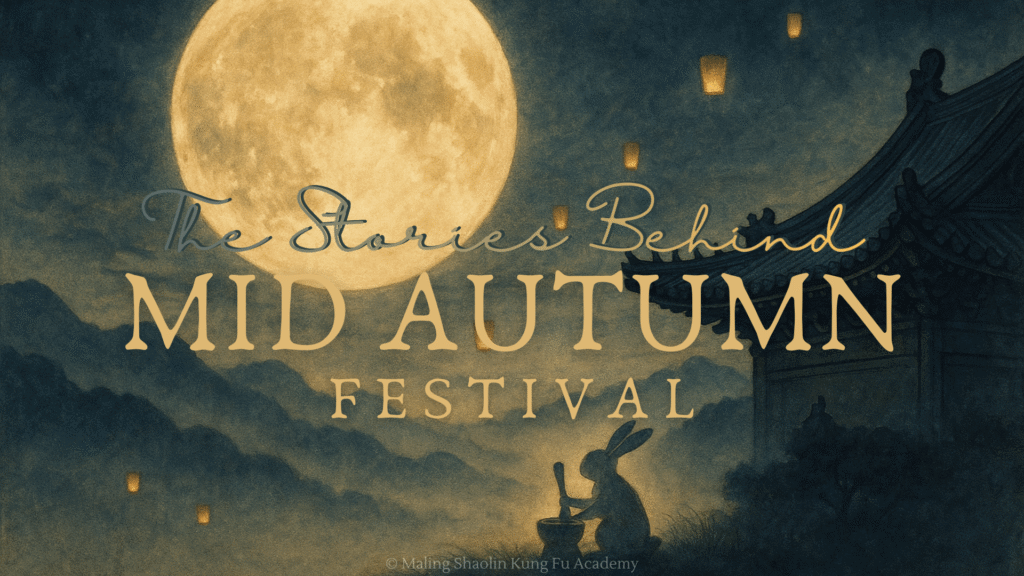
The Mid-Autumn Festival is one of China’s most cherished holidays, celebrated with glowing lanterns, round mooncakes, and evenings spent gazing at the full moon. While many people know the basics—family reunions, offerings to the moon goddess, and of course the sweet or savory pastries—there are countless other legends and historical tidbits woven into this festival. Some are mythical, others historical, and some sit somewhere in between. Together they show how a simple harvest celebration became layered with meaning.
1. Mooncakes and Secret Messages
Perhaps the most dramatic story linked to the Mid-Autumn Festival is the tale of mooncakes as weapons of rebellion. During the Yuan Dynasty (1271–1368), China was under Mongol rule, and Han Chinese rebels longed for liberation. According to legend, rebel leaders slipped secret notes inside mooncakes to coordinate an uprising, instructing people to revolt on the night of the Mid-Autumn Festival. The Mongols, unfamiliar with this Chinese delicacy, overlooked the pastries, allowing the plan to spread undetected. While historians debate the truth of this story, it has become one of the festival’s most enduring legends. It transforms mooncakes from mere sweets into symbols of unity and resistance—delicious reminders that even food can carry the power of revolution.
2. The Many Faces of Chang’e
No Mid-Autumn tale is more famous than that of Chang’e, the moon goddess. Yet her story is far from fixed—different regions and dynasties retold it in ways that reflected their own values. In one version, Houyi, her husband, is gifted an elixir of immortality after shooting down nine suns that scorched the earth. Chang’e swallows it to protect it from thieves, ascending alone to the moon. In other tellings, she takes it out of greed or ambition, choosing eternal life over her marriage. Sometimes she becomes a lonely figure, longing for Houyi, while in other stories she reigns with beauty and power, adored by mortals who gaze up at her radiant palace. This range of interpretations makes Chang’e a deeply human figure—part tragic heroine, part cautionary tale—whose image changes as easily as the phases of the moon.
3. The Jade Rabbit and the Mortar of Immortality
Sharing the moon with Chang’e is another beloved figure: the Jade Rabbit. Chinese legends describe the rabbit as tirelessly pounding herbs in a mortar, preparing elixirs for immortals. Some versions of the story trace back to Buddhist parables of self-sacrifice, where a rabbit offers its body as food to a starving sage, only to be immortalized on the moon as a reward. In Daoist traditions, the rabbit’s association with alchemy and medicine reflects ancient beliefs about cosmic cycles influencing health. The pounding motion of the rabbit’s mortar even became a metaphor for the grinding work of creating balance and longevity. When people look up at the full moon during Mid-Autumn, some say they can see the faint outline of a rabbit’s ears in the lunar shadows—a celestial reminder of healing, sacrifice, and the eternal quest for immortality.
4. Imperial Moon-Viewing Parties
The Mid-Autumn Festival was not only celebrated in homes but also in imperial courts. During the Tang and Song dynasties, emperors hosted grand banquets under the moonlight, where courtiers, scholars, and poets gathered to compose verses and admire the night sky. These occasions elevated the festival into an event of refinement and artistry. The famous poet Su Shi, also known as Su Dongpo, immortalized such a moment in his poem “Prelude to Water Melody” (水调歌头), reflecting on the beauty of the moon and the sorrow of separation from his brother. The poem, written in 1076, remains one of the most quoted works of Mid-Autumn. Through these cultural flourishes, the festival became not only about harvest and family but also about philosophy, poetry, and the expression of longing that resonates across centuries.
5. Fire Dragons and Lanterns
Lanterns are an iconic part of Mid-Autumn celebrations, but how they are used varies widely across regions. In Hong Kong, the Tai Hang Fire Dragon Dance is the centerpiece: a 67-meter-long dragon made of straw and studded with incense sticks, carried through narrow streets in a glowing, smoky procession. This tradition began in the 19th century to ward off misfortune during a plague and has endured as a spectacular yearly ritual. Elsewhere in southern China, lanterns shaped like animals, fruits, or flowers are paraded by children, while some villages create immense dragon or lion lanterns to drive away bad luck. In Taiwan, entire neighborhoods light lanterns in parks and rivers, creating dreamlike reflections of color. These traditions remind us that the festival is as much about fire, community, and spectacle as it is about quiet moon-gazing.
6. Mid-Autumn Across Borders
The influence of the Mid-Autumn Festival extends far beyond China. In Vietnam, Tết Trung Thu focuses heavily on children, who parade with bright lanterns while enjoying lion dances and storytelling. The festival is often called the “Children’s Festival” there, a chance for families to celebrate youth and joy. In Korea, Chuseok is celebrated around the same time, but emphasizes ancestor worship and harvest traditions, with families visiting ancestral graves and preparing elaborate feasts. Among overseas Chinese communities in places like Singapore, Malaysia, and San Francisco, the festival often includes lantern fairs, parades, and mooncake competitions, blending traditional practices with modern city life. Each cultural variation keeps the lunar theme alive, showing how universal the human impulse is to celebrate the moon, harvest, and family reunion.
7. From Lotus Paste to Lava Custard
Of course, no Mid-Autumn Festival would be complete without mooncakes. The traditional version—a dense pastry filled with lotus seed paste and salted egg yolk—symbolizes the full moon and family unity. But just as legends shift with time, so too have the flavors. Over the centuries, mooncakes diversified: red bean paste, five-nut filling, and green tea became common. In modern times, bakers have pushed the boundaries even further. Snow-skin mooncakes, with a mochi-like crust, became popular in Hong Kong. Luxury hotels now produce varieties with ice cream, durian, truffles, or even molten “lava custard.” These creative versions sometimes spark debates about what is “authentic,” but they also show how tradition adapts. Like the festival itself, mooncakes evolve, ensuring they remain relevant and enticing for every new generation.
Conclusion
The Mid-Autumn Festival is much more than a single night of lanterns and mooncakes. It is a celebration layered with rebellion and poetry, myths of love and medicine, imperial pomp and grassroots creativity. From the Jade Rabbit pounding herbs on the moon to the fire dragons blazing through Hong Kong’s streets, every custom and legend adds richness to a holiday that connects generations. When people gather this year to share mooncakes under the bright full moon, they are also sharing in centuries of stories—some mythical, some historical, all deeply human.
